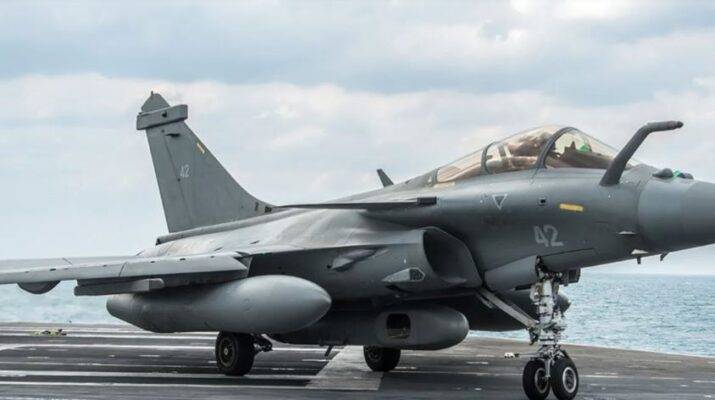New Delhi: Pakistan’s Operation Bunyan al-Marsoos, a response to India’s Operation Sindoor on May 10, lasted merely eight hours, with Islamabad urgently requesting US intervention for a ceasefire after four significant air strikes by the IAF devastated the enemy’s air bases, assets, and defenses during the night of May 10, as reported by sources familiar with the situation.
Rafale-launched SCALP missiles and SU-30 MKI-launched BrahMos missiles
IAF aircraft executed precision missile strikes against Pakistan four times on May 10, with Rafale-launched SCALP missiles and SU-30 MKI-launched BrahMos missiles targeting the northern air command-control network at Nur Khan airbase in Chaklala in the initial strike, according to the sources. The final strike occurred at Jacobabad and Bholari air bases, but by then, Pakistan had capitulated and was seeking US assistance for a ceasefire.
The so-called Bunyan al-Marsoos operation initiated by Pakistan at 1:00 am on May 10, which promised to obliterate Indian air bases within 48 hours according to intercepted communications, concluded by 9:30 am as India retaliated vigorously against Pakistan using a variety of air-to-surface missiles, the sources indicated.
India’s S-400 air defense system in Adampur
India’s S-400 air defense system in Adampur was activated no fewer than 11 times during Operation Sindoor, successfully destroying a Pakistani SAAB-2000 airborne early warning system located as far as 315 kilometers deep within Pakistan.
The Indian Air Force also possesses evidence that its missiles downed one C-130 J medium lift aircraft, a JF-17, and two F-16 fighters both on the ground and in the air, the sources added.
The IAF employed both SCALP and BrahMos missiles in conjunction to ensure that targets were not missed. During the May 7 assault on nine terrorist camps, seven camps were struck by a mix of loitering munitions from the Army, Air Force, and Navy, with terror facilities in Muridke and Bahawalpur being precisely targeted by SCALP and BrahMos missiles.
As per the individuals mentioned earlier, on May 10, Indian forces successfully destroyed a Chinese-manufactured LY-80 air defense system with a HARPY kamikaze drone in Lahore, while an Indian missile eliminated the valuable HQ-9 (the Chinese equivalent of the S-300) in Malir, Karachi.
On the morning of May 10, the Indian Navy was ready to strike Karachi Naval Port, with its fleet positioned 260 miles off the Makaran Coast. However, the Pakistan DGMO reached out to warn that any use of BrahMos missiles against the port would provoke a retaliation. Despite the threat of retribution from Pakistan, the Indian military and political leaders remained undeterred. By the afternoon of May 10, the PAK DGMO was seeking a ceasefire agreement.




